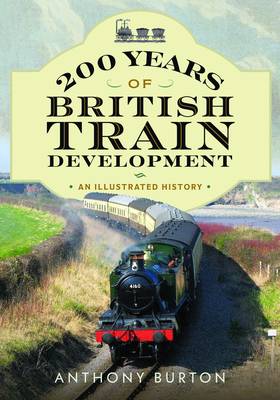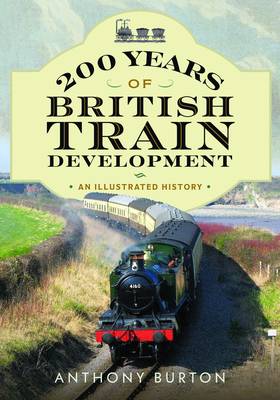
- Afhalen na 1 uur in een winkel met voorraad
- Gratis thuislevering in België vanaf € 30
- Ruim aanbod met 7 miljoen producten
- Afhalen na 1 uur in een winkel met voorraad
- Gratis thuislevering in België vanaf € 30
- Ruim aanbod met 7 miljoen producten
Zoeken
€ 41,95
+ 83 punten
Omschrijving
This book celebrates the bicentenary of the opening of the Stockton & Darlington Railway by looking, not at locomotives, but at the rolling stock behind them, both passenger vehicles and goods wagons. 1825 saw the first train load of passengers hauled by a steam locomotive, but it was an experience not to be immediately repeated, as the Stockton & Darlington passenger service after the opening ceremony was by a horse-drawn stage coach. It was not long, however, before steam took over on other lines. At first, travel was basic - the first class had closed carriages, second class open carriages with a canopy for cover, while the third class were little more than goods wagons with seats. The book traces the development of carriages over the years with increasing levels of comfort - taking the story right up to the present day. There are sections on the special trains, the most glamorous side of travel, as well as the familiar everyday coaches. It also looks as the experience of train travel over the years, including a section on accidents. Freight movement has also changed with the times, from the days when trains were made up of loose-coupled wagons to the container trains of today. There is a last look at the railway past and the preserved railways that recreate the age of steam.
Specificaties
Betrokkenen
- Auteur(s):
- Uitgeverij:
Inhoud
- Aantal bladzijden:
- 144
- Taal:
- Engels
Eigenschappen
- Productcode (EAN):
- 9781036136734
- Verschijningsdatum:
- 30/03/2026
- Uitvoering:
- Paperback
- Formaat:
- Trade paperback (VS)
- Afmetingen:
- 171 mm x 248 mm

Alleen bij Standaard Boekhandel
+ 83 punten op je klantenkaart van Standaard Boekhandel
Beoordelingen
We publiceren alleen reviews die voldoen aan de voorwaarden voor reviews. Bekijk onze voorwaarden voor reviews.











